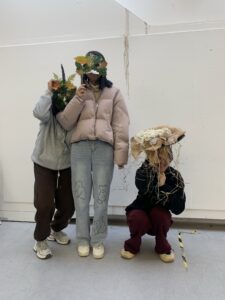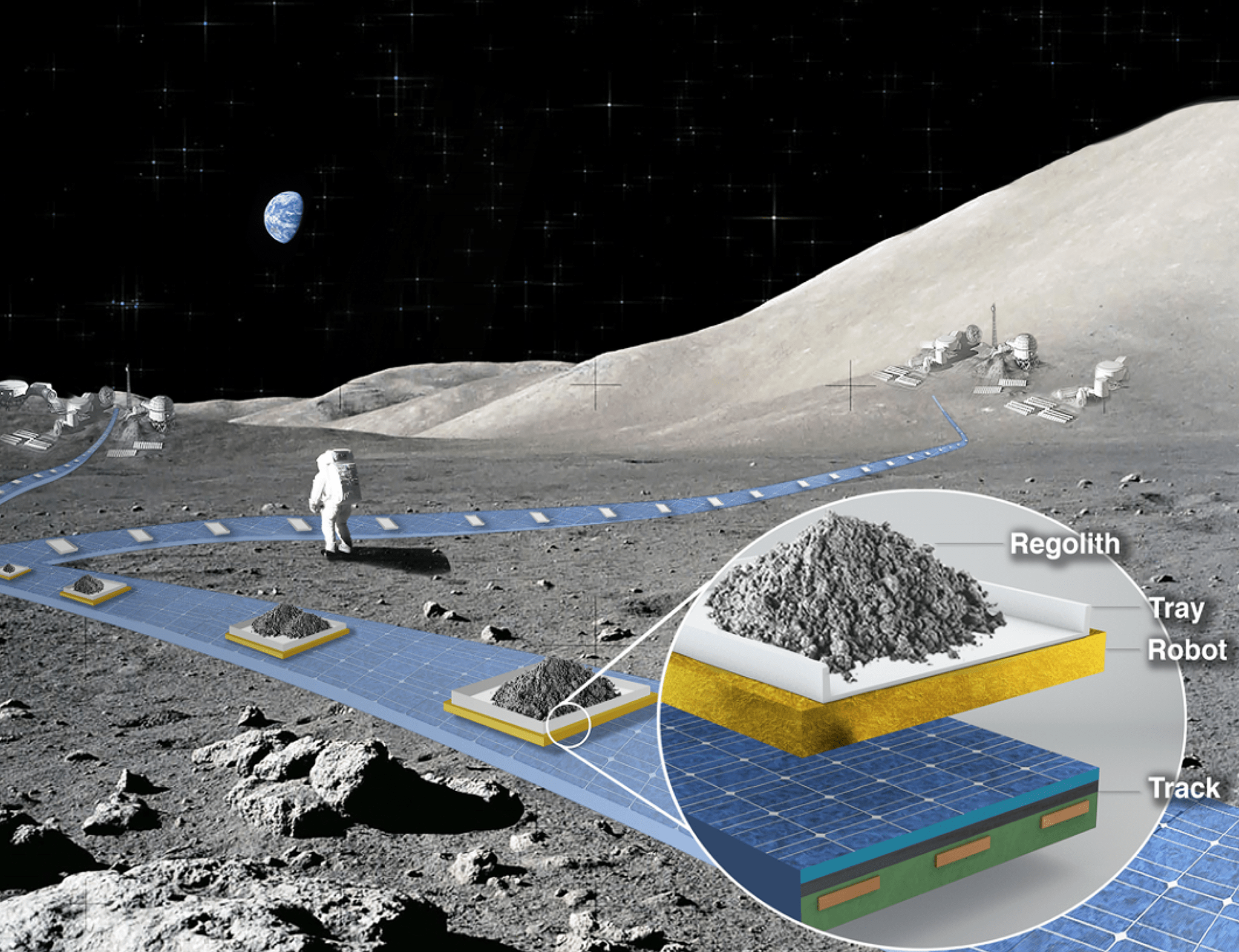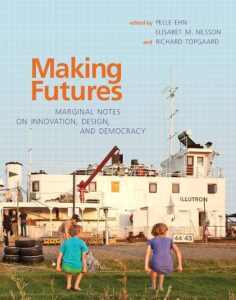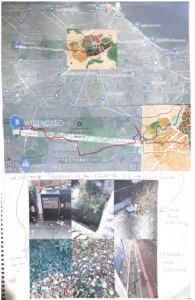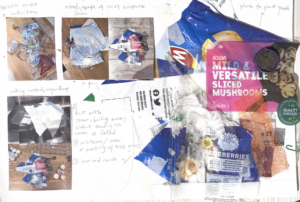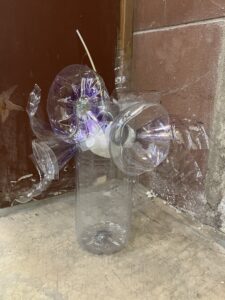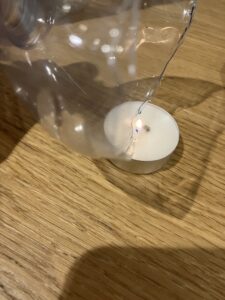WEEK11-Final Reflection
Looking back on this course, I am struck by the profound overlap between design, environmental change, and political ecology. My practice, and that of designers worldwide, is not an isolated act, but an interactive dance with Earth’s ecosystems and the sociopolitical forces that shape them.
The global environment is both the canvas and palette for our creative endeavors. From this perspective, we must consider our role as designers, not just producers, as active participants in the story of sustainability. The work of Fry, Dunn, Lavie, and Wood helps us understand how design can reflect and transform environmental narratives. Their philosophies call on us to embrace biomimicry, circular economies, and visionary policies, and work toward a future that is not only environmentally friendly but also politically conscious. ‘ The True Cost’ is a compelling documentary that explores the complex story behind the clothing we wear, highlighting the people who make them and the significant impact of the fashion industry on our world. While the price of clothing has decreased over the decades, the human and environmental costs have escalated dramatically. The film investigates who truly pays the price for our clothing by showcasing footage from various countries, from glamorous runways to impoverished slums. Featuring insights from prominent figures like Stella McCartney, Livia Firth, and Vandana Shiva, ‘The True Cost’ takes viewers on an enlightening journey, revealing the hidden realities of the fashion industry and prompting us to reconsider our consumption choices.
My position within this broader ecological context is one of responsibility and opportunity. As a citizen and creator, my mission is to create projects that are not only beautiful but also politically and ecologically responsible. My future direction is prioritizing principles that minimize ecological footprint, promote sustainable lifestyles, strengthen communities, and increase biodiversity.
Reflecting critically on my disciplinary focus, I recognize that designers need to engage in visionary politics to effect the change we wish to see in the world through design. This involves shifting from traditional innovation towards more participatory and socially sustainable approaches (Ehn et al., 2014).
Velcro was invented by George de Mestral in 1941 and was inspired by the burrs he found on himself and his dog. Being an engineer and entrepreneur, Mr. de Mestral examined the burr under a microscope and realized the small hooks of the burr and loops of the fur/fabric allowed the burr to adhere exceedingly well.
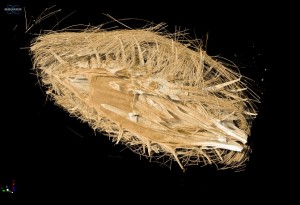

Figure 1: Biomimicry of a burr (UP) for the invention of Velcro (DOWN), George de Mestral, 1941
In conclusion, my practice and that of designers in general must be informed by a new critical reading of the global context. We must inform our ideas, evaluations and analyses through a variety of creative strategies to ensure that our projects are not only responsive to environmental change but also stimulate political and environmental change. It doesn’t have to be. It’s our legacy to the world we live in and the future we are creating.
bibliography
Dunne, A. and Raby, F. (2013). Speculative Everything : Design, Fiction, and Social Dreaming. [online] Erscheinungsort Nicht Ermittelbar: Mit Press. Available at: https://s3.amazonaws.com/arena-attachments/916882/ea648c9007886b4fa30ee25e16ff16b2.pdf [Accessed 20 Nov. 2024].
Ehn, P., Nilsson, E.M., Topgaard, R. and Press, M. (2014). Making future : marginal notes on innovation, design, and democracy. [online] Cambridge ; London: The Mit Press. Available at: https://www.diva-portal.org/smash/get/diva2:1405387/FULLTEXT01.pdf [Accessed 20 Nov. 2024].
Fry, T. (2018). DESIGN FUTURING : sustainability, ethics and new practice. [online] Berg. Available at: https://readings.design/PDF/tony-fry-design-futuring-sustainability-ethics-and-new-practice.pdf [Accessed 19 Nov. 2024].
Figure 1: Sagapixel (2020). Biomimicry of a burr (Left) for the invention of Velcro (Right). Micro Photonics Inc. Available at: https://www.microphotonics.com/biomimicry-burr-invention-velcro/ [Accessed 27 Nov. 2024].
